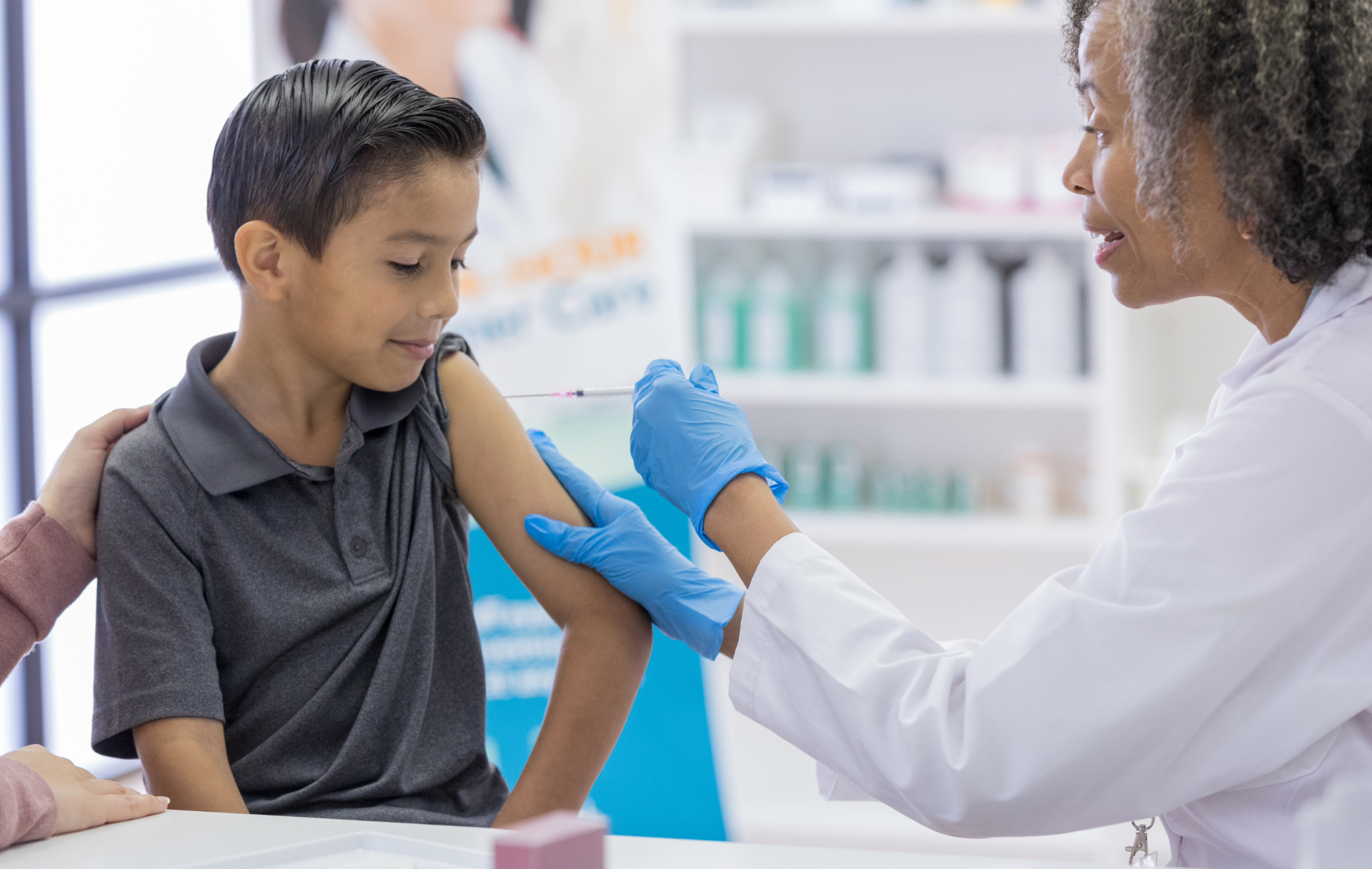Thank you to our contributing author, Vinod Subramanian, Chief Operating and AI Officer, MedAdvisor Solutions
In our Pharmacy of the Future series, we’re diving into how the pharmaceutical industry is evolving to meet the demands of today’s healthcare landscape. Our first article examined the expanding role of pharmacists, highlighting how they’re moving beyond traditional responsibilities to deliver more comprehensive patient care and address critical gaps within the healthcare system.
In this next installment, we turn our focus to direct-to-patient (DTP) engagement —a transformative approach in which patients hold more agency and access over their healthcare journey. As healthcare goes digital and patients increasingly expect on-demand, personalized experiences, the DTP model has emerged as a vital strategy for pharmaceutical companies. This model places patient empowerment and accessibility at the forefront, utilizing technology, data and an equity-driven mindset to reshape the healthcare experience for the better.
Direct-to-Patient Engagement: Meeting Modern Expectations in Healthcare
In a world where almost every service—from entertainment to fitness to transportation—is instantly accessible, patients expect healthcare to follow suit. Today’s patients are more informed and connected than ever, with wearable and mobile technology that integrates seamlessly into their daily lives. Just as they can hail a ride at any hour with a tap, they now look for similar ease and immediacy in managing their health.
To meet these expectations, pharmaceutical companies are adopting a direct-to-patient engagement model that not only brings healthcare closer to the patient but also reimagines the patient as an active partner in the care process. It’s a shift that prioritizes patient empowerment, convenience and accessibility.
Redefining Patient Engagement
Historically, the pharmaceutical industry’s primary focus was on clinical efficacy, while patient engagement took a back seat. Today, with digital health platforms that give patients round-the-clock access to personalized health information, pharmaceutical companies must engage with precision and purpose—or risk being outpaced. Achieving this requires strategic use of data.
Data and Technology: Personalizing Patient Engagement
The DTP model thrives on a continuous flow of real-time data from wearables, telemedicine, and health apps. This wealth of data builds a feedback loop that connects patients, providers, and pharma companies, providing a nuanced understanding of patient behaviors and needs. By harnessing these insights, pharmaceutical companies can move from one-size-fits-all solutions to tailored, patient-centric interventions that empower patients to manage their health proactively and effectively.
Consider, for instance, a cardiac patient who uses a device that tracks heart rhythms. As part of an AI-driven DTP initiative, this device enables remote monitoring, allowing healthcare providers to respond to potential issues in real time. This proactive monitoring can drive timely interventions, particularly valuable in managing chronic conditions, where small, real-time adjustments can make a significant difference in outcomes.
This approach not only strengthens the bond between patients and their care teams but also reduces costly complications, leading to better health outcomes and alleviating pressure on the healthcare system.
Addressing Health Equity and Accessibility
Beyond enhanced engagement and personalized interventions, DTP models are also critical in addressing health equity. Pharmaceutical companies can leverage DTP to bridge care gaps, reaching patients in underserved areas and dismantling barriers that have historically restricted access to quality care.
The urgency of this approach became starkly apparent during the COVID-19 pandemic, which highlighted profound healthcare access disparities, especially in marginalized communities. Through DTP, pharmaceutical companies can reach these underserved populations, ensuring therapies are accessible, culturally resonant, and easily understood. By prioritizing health equity, DTP initiatives help ensure all patients have the resources and support needed to adhere to their treatments successfully.
Convenience and Empowerment at the Core
These examples underscore how DTP engagement not only prioritizes patient convenience but also enhances empowerment. By enabling patients to integrate healthcare into their daily routines seamlessly, DTP meets the modern patient where they are, making treatment adherence easier and more manageable.
Since the pandemic, patient expectations around convenience, particularly for essential services like vaccinations, have evolved significantly. With most individuals living within a few miles of a pharmacy, local pharmacies have emerged as critical access points for convenient care. Pharma-led DTP solutions are meeting these demands through AI-driven tools that allow patients to schedule vaccinations directly from their devices, underscoring the pharmacy’s role in providing accessible, timely care.
Patient Engagement as a Core Strategy in Pharma
In today’s healthcare landscape, patient engagement is no longer peripheral for pharmaceutical companies; it is a central strategy that not only meets evolving patient expectations but also fosters health equity. The patient journey is now dynamic, data-driven, and tech-enabled, with DTP engagement driving this transformation.
Through DTP engagement, pharmaceutical companies have the opportunity to meet the demands of modern healthcare, focusing on accessibility, empowerment, and personalized care. By elevating patient engagement, they are building a stronger, more resilient healthcare ecosystem—one where patients are truly at the center, experiencing the convenience and control they rightfully expect.









